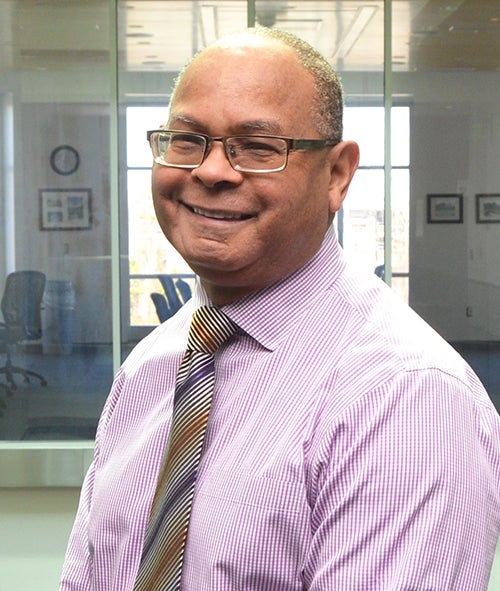Dr. Loren Alves receives BB&T Active Learning and Leadership Grant
Loren Alves, DMD, DABPD, FAAPD, clinical associate professor in the Department of Pediatric Dentistry, Orthodontics and Dentofacial Orthopedics, has been selected to participate in ECU’s BB&T Active Learning and Leadership Incentive Grant Program for spring 2018.
The program provides incentive grants of $1,000 for faculty from ECU colleges and schools to study the relationship between active learning and the development of leadership capacity abilities. The program is based on the W.K. Kellogg Foundation’s book Leadership Reconsidered: Engaging Higher Education in Social Change, which examines the role of higher education in creating leaders for a diverse and democratic society.
The purpose of the grant program is to explore the relationship between active learning and the development of leadership abilities as described in Leadership Reconsidered through one or more of the abilities of transformative leadership: collaboration, shared purpose, disagreement with respect, division of labor, learning environment, self-knowledge, authenticity/integrity, commitment, empathy/understanding, and competency.
Dr. Alves is currently teaching “Local Anesthesia for the Pediatric Dental Patient,” a required didactic and hands-on simulation based course designed for second year dental students. Within the course, students practice interactive anesthetic techniques to achieve competence of these skills in treating pediatric patients.

Dr. Loren Alves, clinical associate professor of pediatric dentistry, has been selected to participate in the university’s BB&T Active Learning and Leadership Incentive Grant Program.
Dr. Alves has redesigned the course to introduce the use of a dental typodont (simulated plastic upper and lower dental arch) containing electronic sensors and alarms that simulate locations of anatomic nerve injection sites. An acoustic signal indicates the successful position for achieving the desired anesthetic region when the syringe needle contacts the sensor.
“Changing the course design to incorporate this new active simulation will further students’ understanding of the techniques of pediatric anesthesia administration and will be a valuable tool in helping them make connections between the classroom and clinical instruction,” said Dr. Alves.
The course will consist of three main active learning components: 1) simulation of local anesthesia administration to pediatric dental patients using an anatomically correct pediatric dental model (typodont); 2) self-assessment with feedback and discussion; and 3) reflection with development of a plan for improvement.
Dr. Alves and other grantees are asked to keep a detailed journal on the students’ growth in learning and leadership capabilities, videotape a class meeting to review for leadership abilities developed and future opportunities, and write a final reflection on project’s learning opportunities for the students and faculty member. Students will complete surveys at the beginning and end of the course.
“The active learning exercise using the dental typodont will set up an environment for transformative leadership as discussed in Leadership Reconsidered,” said Dr. Alves. “The students’ self-assessments and my observations will give us a good idea about the extent of learning and leadership development taking place and about potential opportunities.”
The BB&T Active Learning and Leadership Incentive Grant Program is managed by the ECU Office for Faculty Excellence for the BB&T Center for Leadership Development. The program provides up to 15 grants for ECU faculty each year.